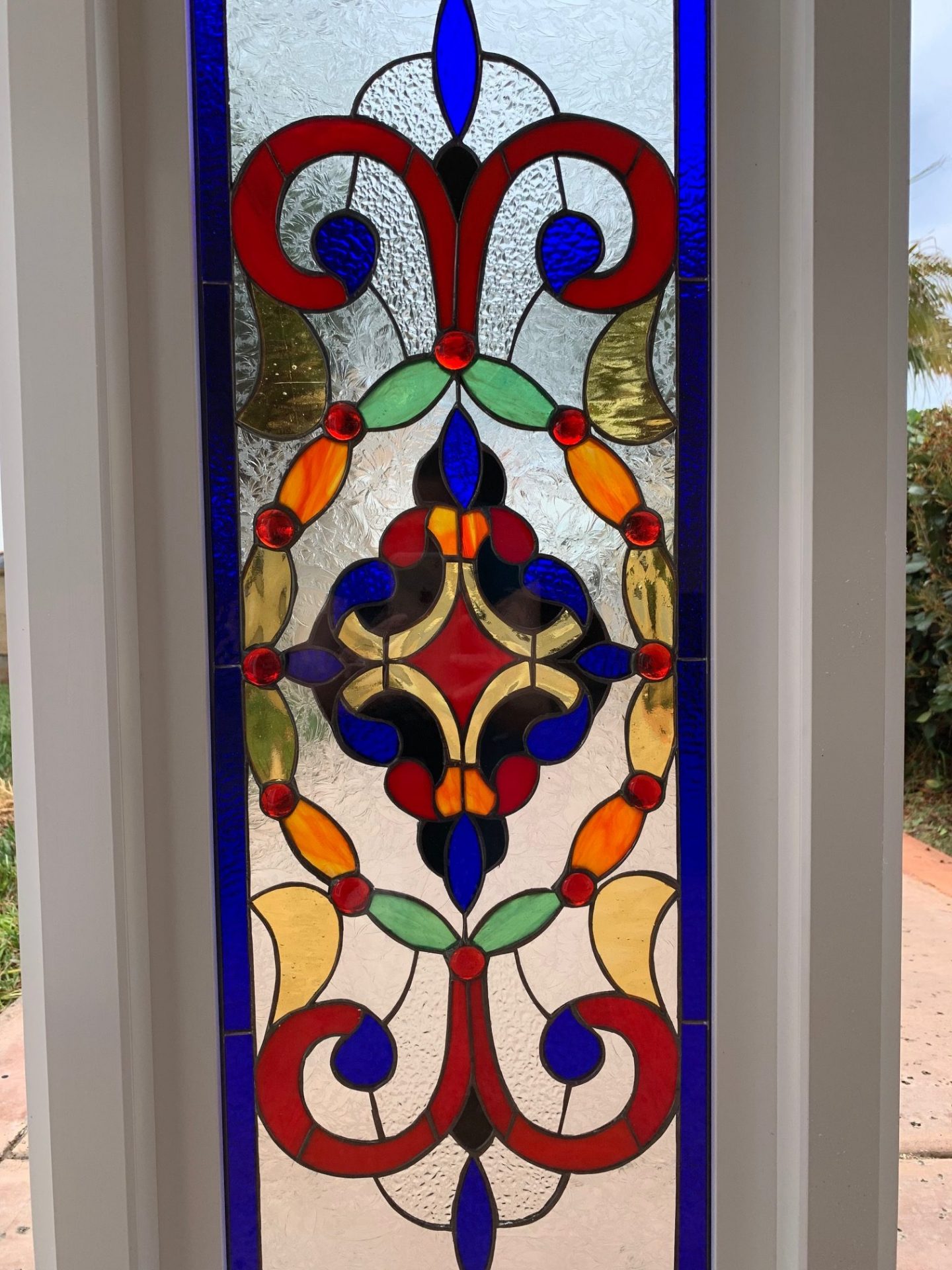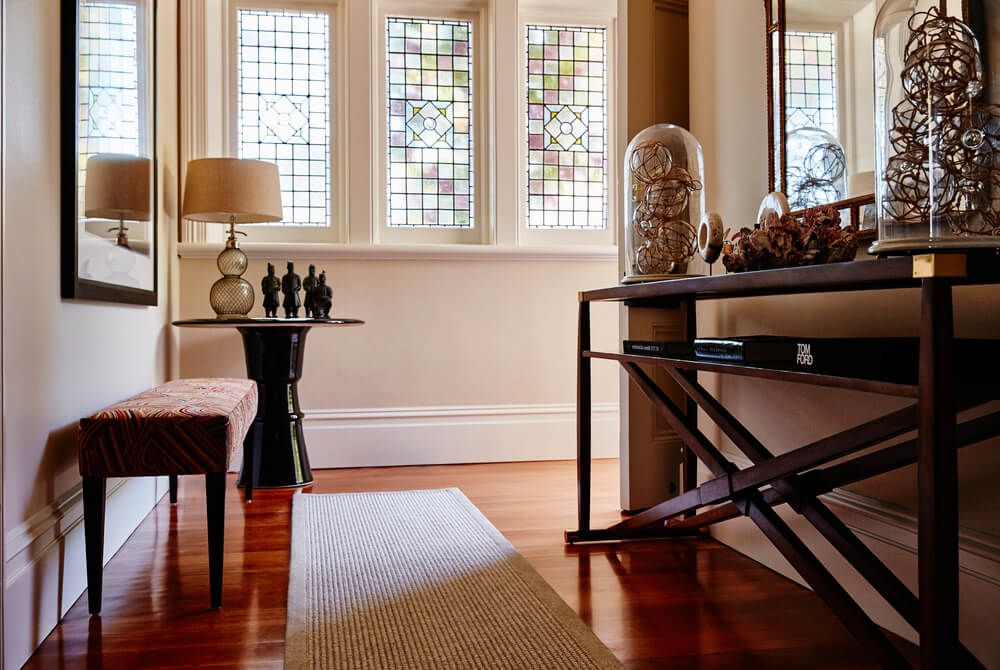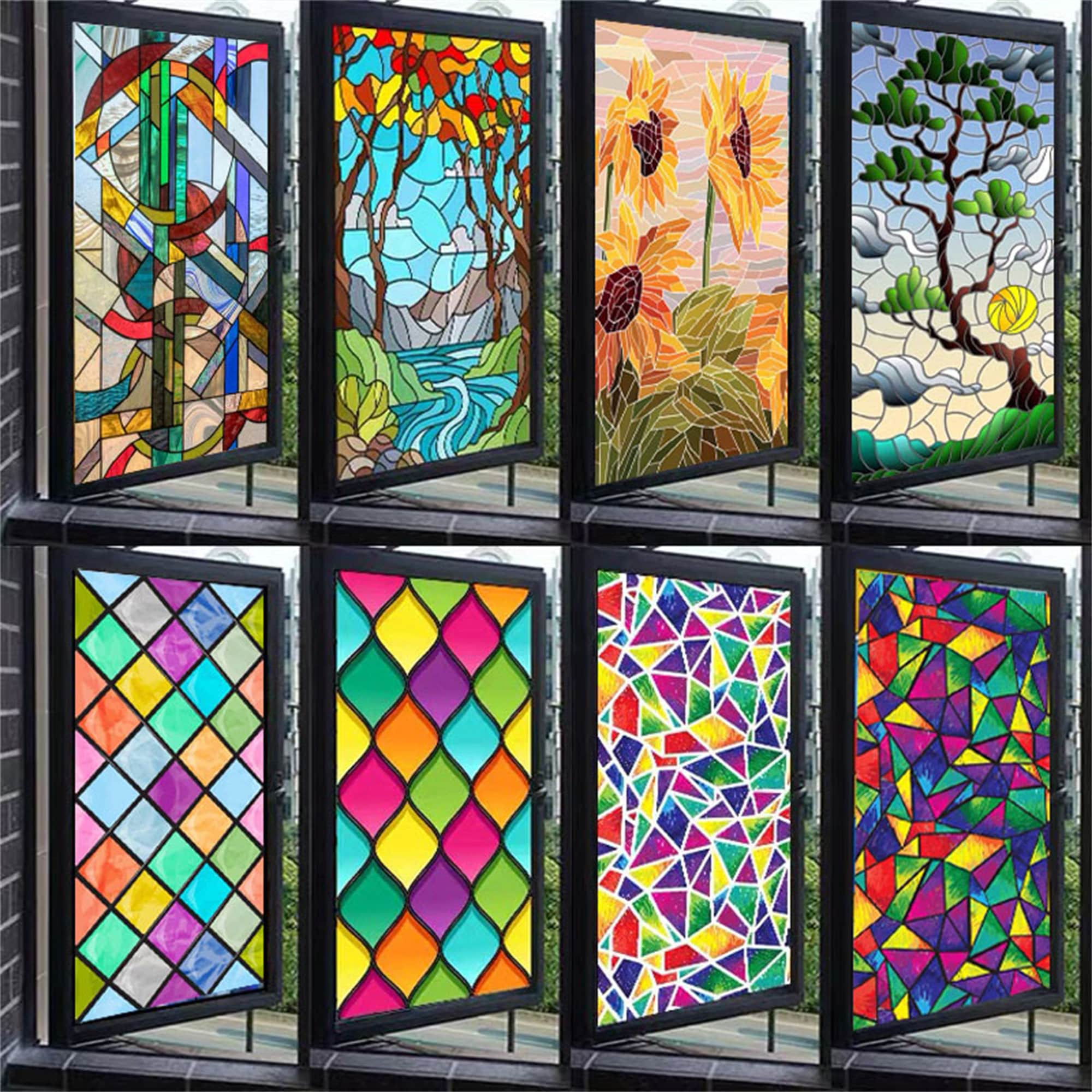There’s something truly magical about stained glass decorative windows that can transform any space into a work of art. From the shimmering hues of glass to the stories told through intricate designs, stained glass has been captivating hearts for centuries. In this article, we will explore the history, design, installation, and maintenance of stained glass windows, ensuring you have a well-rounded understanding of this timeless craft.
The History of Stained Glass Windows
Stained glass windows have a rich history dating back to ancient times. Initially used in churches and cathedrals to depict religious narratives, these vibrant windows became a staple in Gothic architecture.
Ancient Beginnings
The earliest known examples of stained glass date back to ancient Egypt, where colored glass pieces were used decoratively. However, it was the Romans who first introduced the technique of joining colored glass pieces with lead.
The Gothic Era
The height of stained glass artistry occurred during the Gothic era (12th to 16th centuries). Cathedrals such as Notre-Dame and Chartres showcased breathtaking scenes from the Bible, educating the largely illiterate populace.

Modern Revival
After a decline in popularity, stained glass experienced a revival in the 19th century with the Arts and Crafts Movement, where artists like William Morris redefined the craft, making it accessible beyond ecclesiastical structures.
Understanding Stained Glass Design

The beauty of stained glass lies not just in its colors, but in its design, which can be personalized to reflect individual tastes and styles.
Types of Stained Glass
| Type | Description | Usage |
|---|---|---|
| Lead Came | Colored glass pieces held together by lead strips. | Traditional windows in churches, homes, and public buildings. |
| Tiffany Style | Small pieces of glass are wrapped in copper foil, allowing for intricate designs. | Decorative lamps and smaller panels. |
| Fused Glass | Glass pieces fused together in a kiln. | Artistic installations in homes, galleries, and museums. |

Choosing a Design
When selecting a design for your stained glass windows, consider themes that resonate with you. Here are some popular options:
- Nature motifs (flowers, trees, etc.)
- Religious symbols
- Geometric patterns
- Abstract designs

Installing Stained Glass Windows
Installation can be one of the most exciting parts of incorporating stained glass into your home. Here’s a breakdown of what to consider:

DIY vs. Professional Installation
While some might be tempted to tackle the installation themselves, hiring a professional is often the better choice to ensure safety and longevity.
Pros and Cons of DIY Installation
| Pros | Cons |
|---|---|
| Cost-effective | Risk of damage to glass or windows. |
| Personal satisfaction | Potential for improper sealing, leading to water damage. |
| Creative freedom | Requires specific tools and skills. |

Steps for Professional Installation
- Consultation with an artist or designer.
- Measurement and planning of the window frame.
- Creation of the stained glass panel.
- Professional installation and sealing.
Maintenance of Stained Glass Decorative Windows

Maintaining stained glass is essential to preserving its beauty and functionality. Here are some tips for keeping your windows in top condition.
Cleaning Techniques
Cleaning stained glass windows can be done safely with simple steps:
- Use a soft cloth or sponge.
- Combine warm water with a few drops of dish soap.
- Gently wipe the glass without scrubbing the lead came.
- Rinse with clean water and dry with a soft cloth.
Inspections and Repairs
Regular inspections (at least once a year) will help identify any issues early on. Look for:
- Cracks or breaks in the glass
- Loose pieces of glass
- Signs of water damage around the frame
Integrating Stained Glass into Your Home Design
Stained glass can seamlessly blend into various architectural styles, adding a unique touch to your home.
In Traditional Designs
Stained glass works beautifully in traditional homes, enhancing classic design elements such as woodwork and ornate moldings.
In Modern Spaces
Even in modern homes, stained glass can make a statement when used as room dividers, transoms, or accent pieces.
Combination with Other Materials
Consider pairing stained glass with wood, metal, or stone to create a balanced and visually appealing environment.
Frequently Asked Questions (FAQs)
What is the average cost of stained glass windows?
The cost of stained glass windows can vary widely based on size, complexity, and whether you choose to buy pre-made or commission a custom piece. Generally, prices can range from $300 to $1,500 for standard sizes.
Are stained glass windows energy-efficient?
While stained glass itself doesn’t provide insulation, when installed properly with double-glazed windows, it can improve energy efficiency by reducing heat loss.
Can stained glass windows be installed in bathrooms?
Absolutely! Stained glass can add privacy while still allowing natural light to flow into the space, making it a great choice for bathrooms.
How can I find a local stained glass artist?
Look for local art guilds, online artisan directories, or social media platforms where artists showcase their work. Recommendations from friends or local home improvement stores can also lead you to talented artisans.
What is the difference between stained glass and leaded glass?
Stained glass refers to glass that has been colored or treated, often featuring decorative patterns or images. Leaded glass describes the method of construction where glass pieces are held together with lead came.
Conclusion: Bringing the Beauty of Stained Glass into Your Life
Incorporating stained glass decorative windows into your home is not just a nod to timeless artistry but a chance to create a personal sanctuary filled with color, light, and character. Whether you choose to work with a local artist or explore DIY options, the journey of adding stained glass can be deeply rewarding. Embrace the elegance and uniqueness that stained glass brings, and let your home shine with personality and charm!